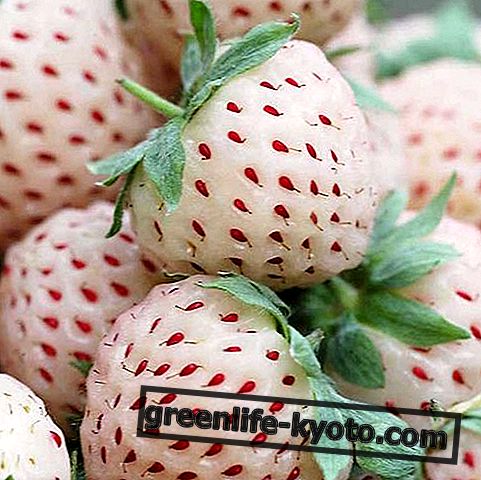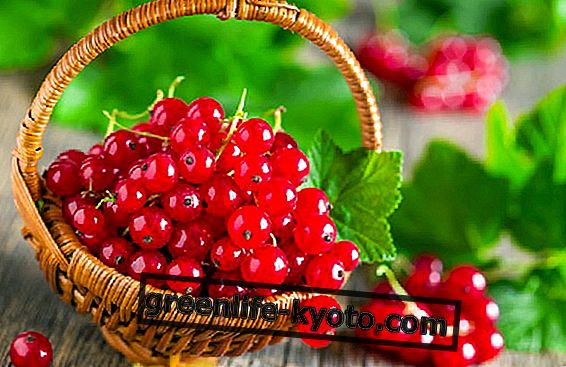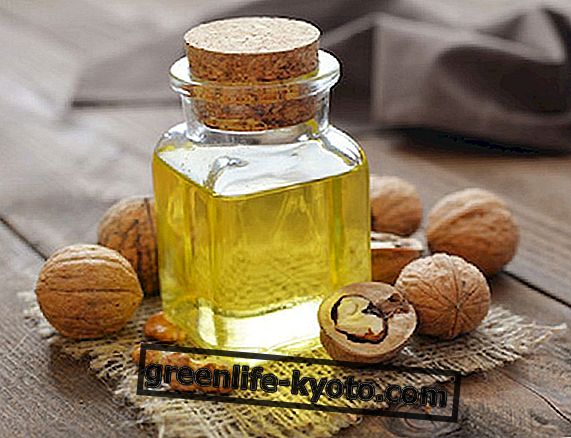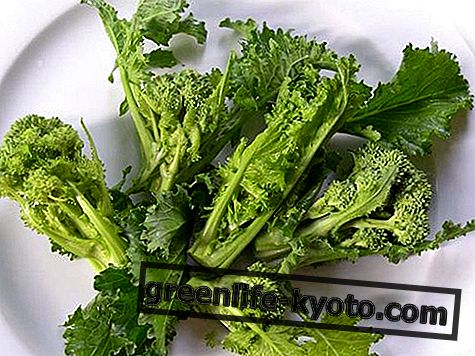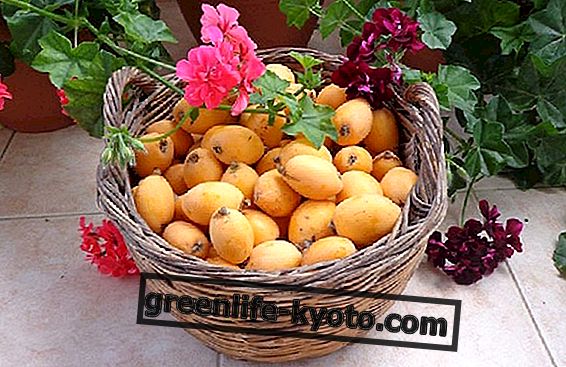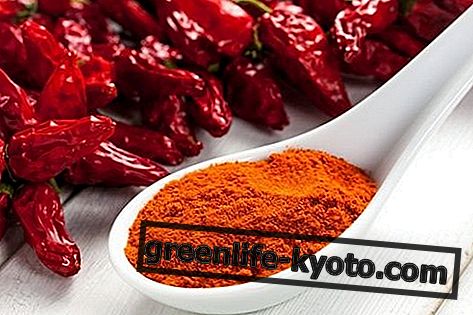
The ideal is, always and in any case, to combine business with pleasure . Ice in the kitchen has many uses, the main one being its ability to cool drinks in the form of cubes.
This elementary practice is known by all, just put some ice-filled trays or molds in the freezer for a few hours and our ice cubes are ready. However, this does not prevent us from playing with ice by adding other ingredients besides water, ingredients that we can find in the plant world, especially among flowers, between fruit and herbs .
Ice cubes with flowers
The practice of creating ice cubes containing flowers is undoubtedly the most aesthetic among those listed, with a strong decorative factor, ideal for evenings with guests and guests.
The list of edible flowers that lend themselves to this purpose is quite wide and depends on the place and season. To have perfect cubes the ideal is to use silicone molds, soft enough to allow us to take our cubes without damaging them.
Angelica and lavender flowers, marigold flowers, small rosebuds, basil, sage and other aromatic flowers such as mint and rosemary, blue borage and white chamomile, chicory flowers, aromatic citrus flowers (orange, lemon, cedar ...), yellow dandelion, small but tasty fennel flowers, aromatic jasmine flowers, nasturtiums and delicate spring violets.
The decorative effect is remarkable and it is advisable to use medium-large cubes.
Ice cubes with fruits
Fruit and juice can be used. Here the aesthetic factor has less importance but the taste, which will modify the cooled liquor, is much more important .
You can put the skins of many different types of fruit in our molds together with water, above all the peel of citrus fruits, sparingly as the presence of essential oils can disturb and be too intrusive.
When we think instead of juice, it goes without saying that the best combination is that of a tasty juice that has a minimum of color to be transferred to the cube to make some scene.
Pineapple juice, kiwi juice, orange juice are the most used, along with wild berry juices. Speaking of berries, small berries, it is not a mystery that they lend themselves well to getting all whole into cubes: ice with raspberries, mulberries, and wild strawberries are very scenic delicacies.
Ice cubes with herbs
Chapter aromatic herbs. Here the aesthetics have almost no importance and it does not matter if the cube is damaged at the edges and edges. All the classic aromatic herbs know how to decorate with a minimalist style and bring their typical fragrance that makes them unique.
Mint ice cubes are undoubtedly the most used but even those with various types of basil are not bad at all. These are flanked by melissa, verbenda, coriander, perilla, and citronella.
The herbs are sometimes accompanied by flowers and fruit: for example ice cubes with mint and lemon juice or ice cubes with basil and strawberry juice are classic and always effective combinations .
In fact, mixing, playing and enjoying oneself seems to be the best solution to make our drinks unique.
